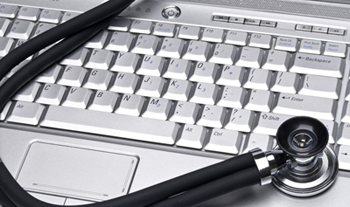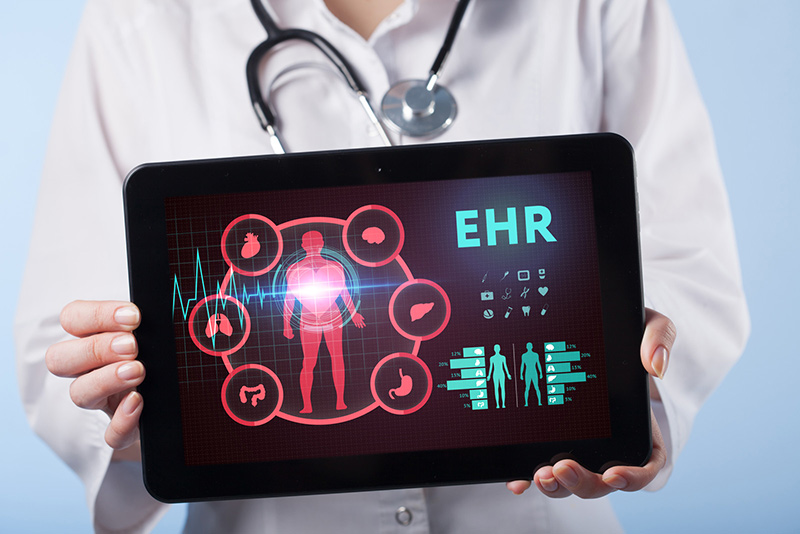A survey conducted for Xerox in May 2012 presented the statistics that only 26% of Americans welcome digital medical records. A major concern seems to be the safety of their health data. However, there are certain points in favor of EMR that merit consideration.
It is important to understand that Health Information Exchange (HIE) that is a major objective of the EMR system can work only on the basis of a network. This network comprises the patient’s primary care physician, specialists, emergency care providers and others involved in providing care. In this system, the patient’s medical history, lab test results, social and family history and other relevant details are shared among all the providers.
- Ready availability of information ensures better quality of care for the patient because all concerned providers have all important information. This means that the number of duplicate tests can be considerably reduced.
- Patient safety is enhanced with E-prescribing: the new system would allow physicians to send an accurate and clear electronic prescription directly to the pharmacy. Medications can be quickly reviewed by physicians who can also evaluate whether they meet pre-approval criteria. Pharmacists and physicians can also stay informed about adverse drug interactions.
- The intelligent EMR software can alert the caregivers regarding the minutest possible changes in the patient’s condition happening concurrently. This also helps the physician to increase the quality of care provided to the patient.
- With digital records simplifying documentation, providers may get more time to devote to patients.
- EHR system is secure too, with authentication and encryption methods to ensure data security.




